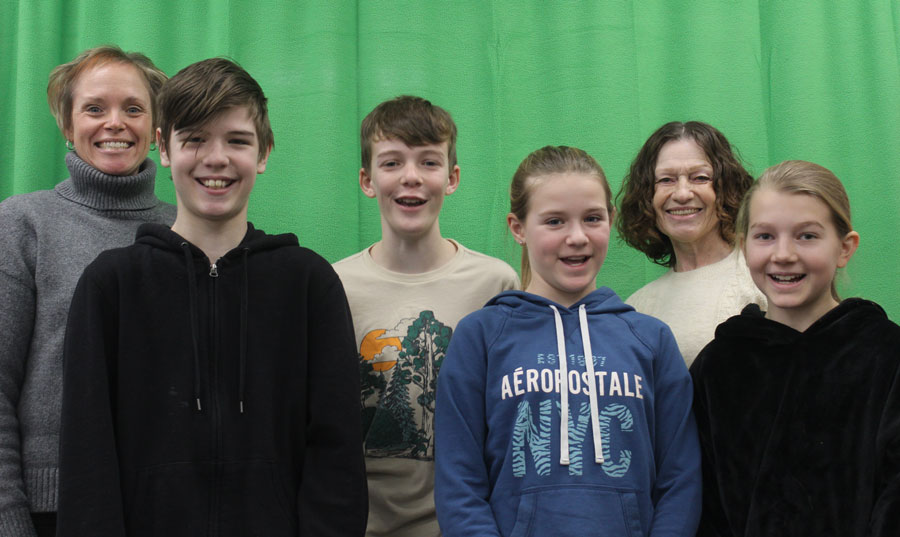ALMA – Grade 6 students Cohen Pearl, Will Kelly, Lily Craven and Myelle Mulder have designed an experiment that will be conducted at the International Space Station later this year.
The experiment aims to determine how compostable materials biodegrade in microgravity.
Craven told the Advertiser the students “took a little piece of a compostable bag, and took soil from the garden, and put it in a cup.”
“We put plastic over the cup,” Kelly added.
The Alma Public School students wanted “to see if bacteria in the soil could biodegrade the compostable cup,” Mulder explained.
And after leaving the experiment to sit for ten days, the students noticed the bag had begun to shrink.
The question is, will it do the same in space?
And expert judges agree the question is worth exploring.
With help from their teacher Keri Hons and librarian Sherri Woodland, the students sent a proposal to judges with the international Student Spaceflights Experiments Program – and it was selected to be sent to the International Space Station.
Mulder explained the experiment’s results could determine whether soil can be created in space through the process of composting.
This soil could then be used to grow food in gardens, Kelly added – “so people can live up in space.”
The students made changes to their experiment proposal as they came across challenges.
For example, Mulder said they originally planned to test whether worms could be part of the composting process, but they had to adapt when they found out it was against the program rules to include living creatures.
“Then we had to restart and come up with new ideas,” Kelly said.
“We tweaked it a little bit,” Craven said, and came up with soil and compostable bags.
It’s important to use garden soil rather than potting soil, Mulder noted, because garden soil is higher in nutrients.
Hons said when the NASA review panel reviewed the students’ experiment proposal they offered a lot of positive feedback.
Tough competition
Most of the other students they were up against were in Grade 7 and 8, Hons noted, making it particularly special for the group of Grade 6s to have their experiment selected.
Hons said the “students worked very hard on the proposals,” noting they had to learn to write in a very different way than they were used to while creating their formal experiment proposal.
‘Intense couple of months’
“It was a very intense couple months,” Hons said, and Craven added sometimes they spent entire days working on the science project.
The students said they learned a lot while participating in the Student Spaceflight Experiment program, including how things biodegrade and the size of the International Space Station.
“It’s six hockey rinks wide!” Kelly exclaimed enthusiastically.
And they learned how to package their experiment “so the crumbs don’t go up in the air” in microgravity conditions, he added.
The students also learned about the experimental process: how to measure and record data accurately and how to interpret that data, Woodland noted.



